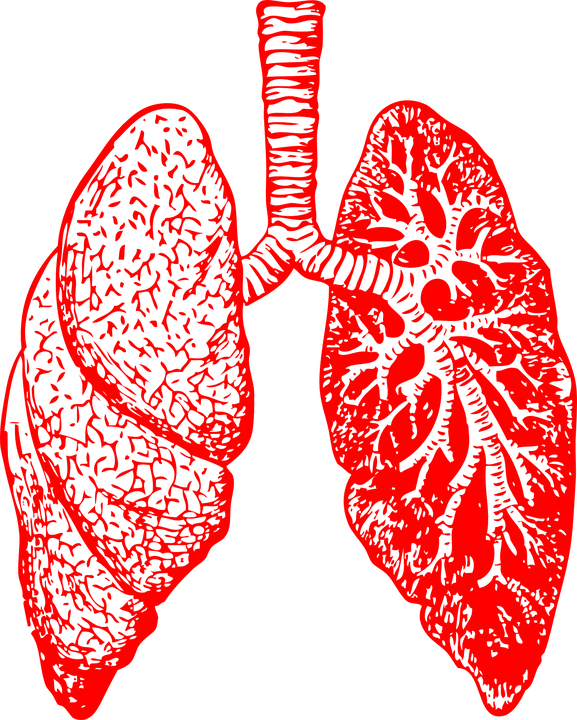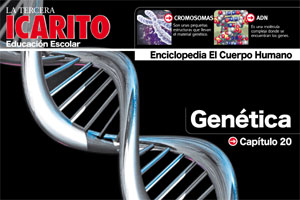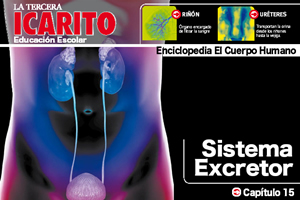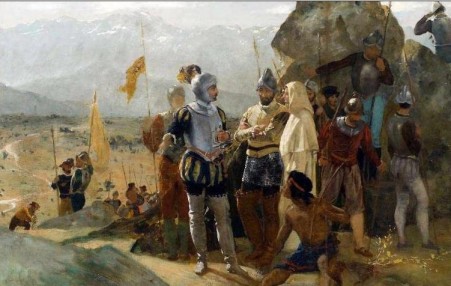In the eleventh chapter of our collection, we have gotten to know the respiratory process and its influence in different environments and activities. In order to see what and how much you have learned form this chapter, we recommend you go over the tips, summaries and answer some check-up questions.
Summarie
The journey of air
– Oxygen and carbon dioxide are the most important gases involved in respiration. . The gas exchange is performed in the alveoli.. The respiration gases are transported through the phenomenon of diffusion.
Respiratory mechanics
– The diaphragm is the main respiratory muscle.. The respiratory muscles perform the movements the lungs cannot do to capture and expulse air.. Through inspiration and expiration we perform the process of pulmonary ventilation.. The area in charge of controlling respiration is housed in the cerebral stem.
Respiration and activity
– During physical activity the heart rate increases, as does pulmonary ventilation and body temperature.
– If we are above 2,500 masl, our respiration begins to become more and more difficult, capturing less oxygen.
Respiratory disorders
– A few disorders that affect respiration are apnea, respiratory alkalosis, hypoxia and acute respiratory insufficiency. . Mouth to mouth respiration, mechanical ventilation and the extracorporeal circulation machine can momentarily replace the respiratory process.
– The Heimlich maneuver is performed on people with asphyxia by obstruction.







